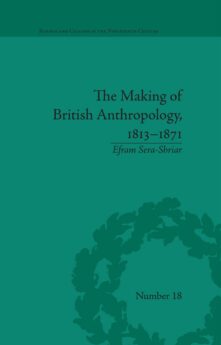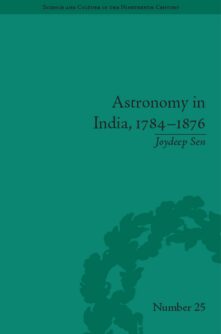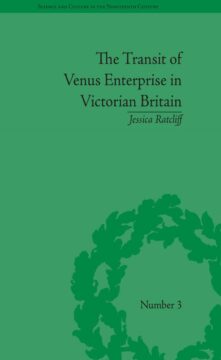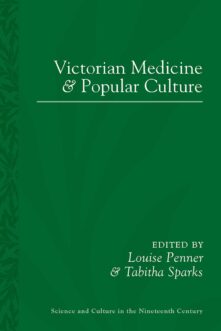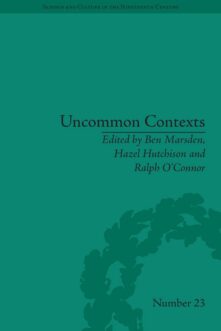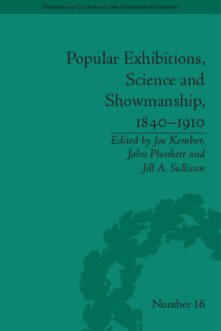Books
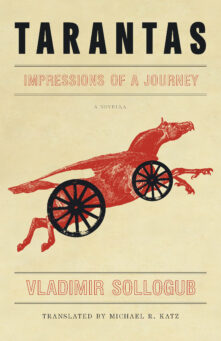
Tarantas
Impressions of a Journey
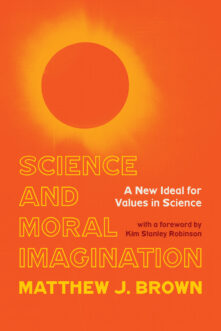
Science and Moral Imagination
A New Ideal for Values in Science
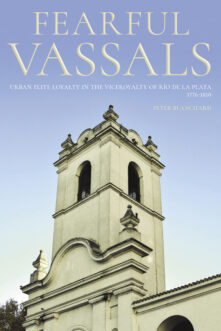
Fearful Vassals
Urban Elite Loyalty in the Viceroyalty of Río de la Plata, 1776-1810
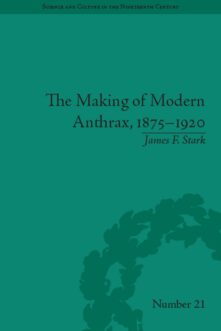
The Making of Modern Anthrax, 1875-1920
Uniting Local, National and Global Histories of Disease

Typhoid in Uppingham
Analysis of a Victorian Town and School in Crisis, 1875–1877
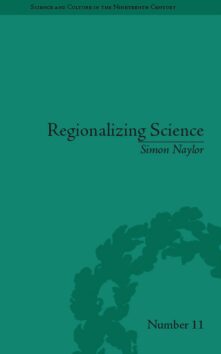
Regionalizing Science
Placing Knowledges in Victorian England
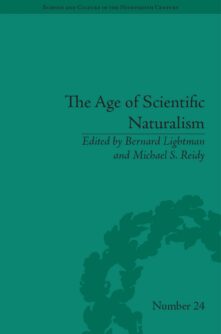
The Age of Scientific Naturalism
Tyndall and His Contemporaries
Total 1551 results found.


